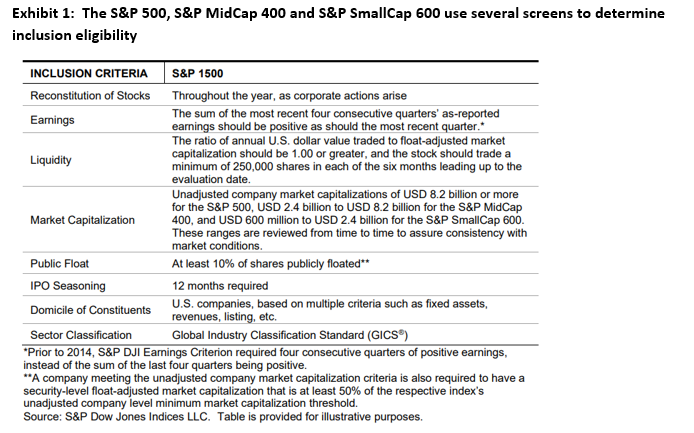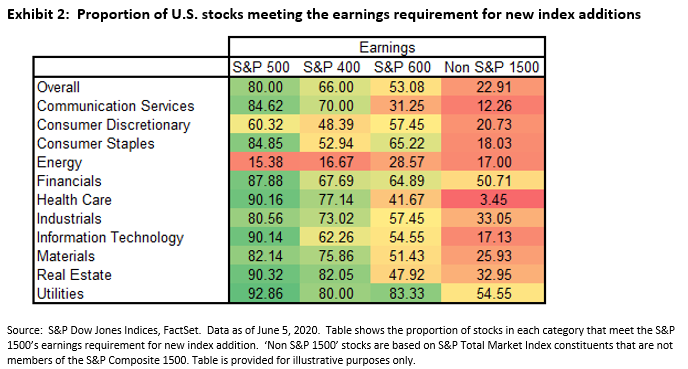Has the IT sector done well because of the quality factor, or is it the other way round? S&P DJI’s Anu Ganti takes a closer look at the relationship between sectors and factors to explore what’s driving IT’s climb over the past 12 months.
Read the blog: https://www.indexologyblog.com/2020/05/27/symbiotic-sentiments/
The posts on this blog are opinions, not advice. Please read our Disclaimers.

















